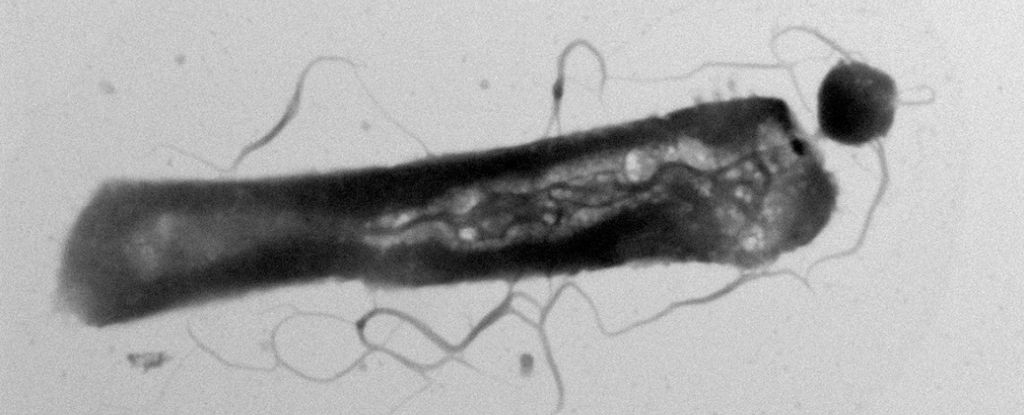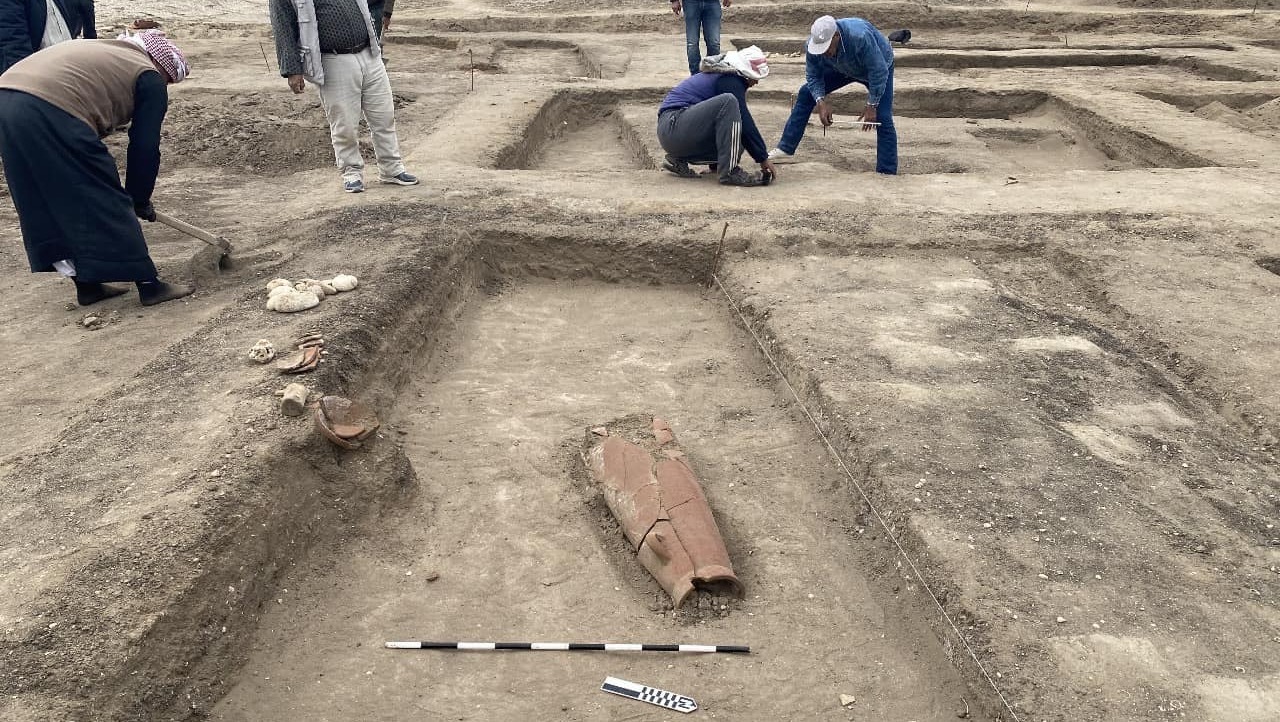Polymers, Vol. 16, Pages 452: HPMC/PVP K90 Dissolving Microneedles Fabricated from 3D-Printed Master Molds: Impact on Microneedle Morphology, Mechanical Strength, and Topical Dissolving Property
Polymers doi: 10.3390/polym16040452
Authors: Baramee Chanabodeechalermrung Tanpong Chaiwarit Siripat Chaichit Suruk Udomsom Phornsawat Baipaywad Patnarin Worajittiphon Pensak Jantrawut
Three-dimensional (3D) printing can be used to fabricate custom microneedle (MN) patches instead of the conventional method. In this work, 3D-printed MN patches were utilized to fabricate a MN mold, and the mold was used to prepare dissolving MNs for topical lidocaine HCl (L) delivery through the skin. Topical creams usually take 1–2 h to induce an anesthetic effect, so the delivery of lidocaine HCl from dissolving MNs can allow for a therapeutic effect to be reached faster than with a topical cream. The dissolving-MN-patch-incorporated lidocaine HCl was constructed from hydroxypropyl methylcellulose (HPMC; H) and polyvinyl pyrrolidone (PVP K90; P) using centrifugation. Additionally, the morphology, mechanical property, skin insertion, dissolving behavior, drug-loading content, drug release of MNs and the chemical interactions among the compositions were also examined. H51P2-L, H501P2-L, and H901P2-L showed an acceptable needle appearance without bent tips or a broken structure, and they had a low % height change (<10%), including a high blue-dot percentage on the skin (>80%). These three formulations exhibited a drug-loading content approaching 100%. Importantly, the composition-dependent dissolving abilities of MNs were revealed. Containing the lowest amount of HPMC in its formulation, H901P2-L showed the fastest dissolving ability, which was related to the high amount of lidocaine HCl released through the skin. Moreover, the results of an FTIR analysis showed no chemical interactions among the two polymers and lidocaine HCl. As a result, HPMC/PVP K90 dissolving microneedles can be used to deliver lidocaine HCl through the skin, resulting in a faster onset of anesthetic action.

 2 months ago
17
2 months ago
17


